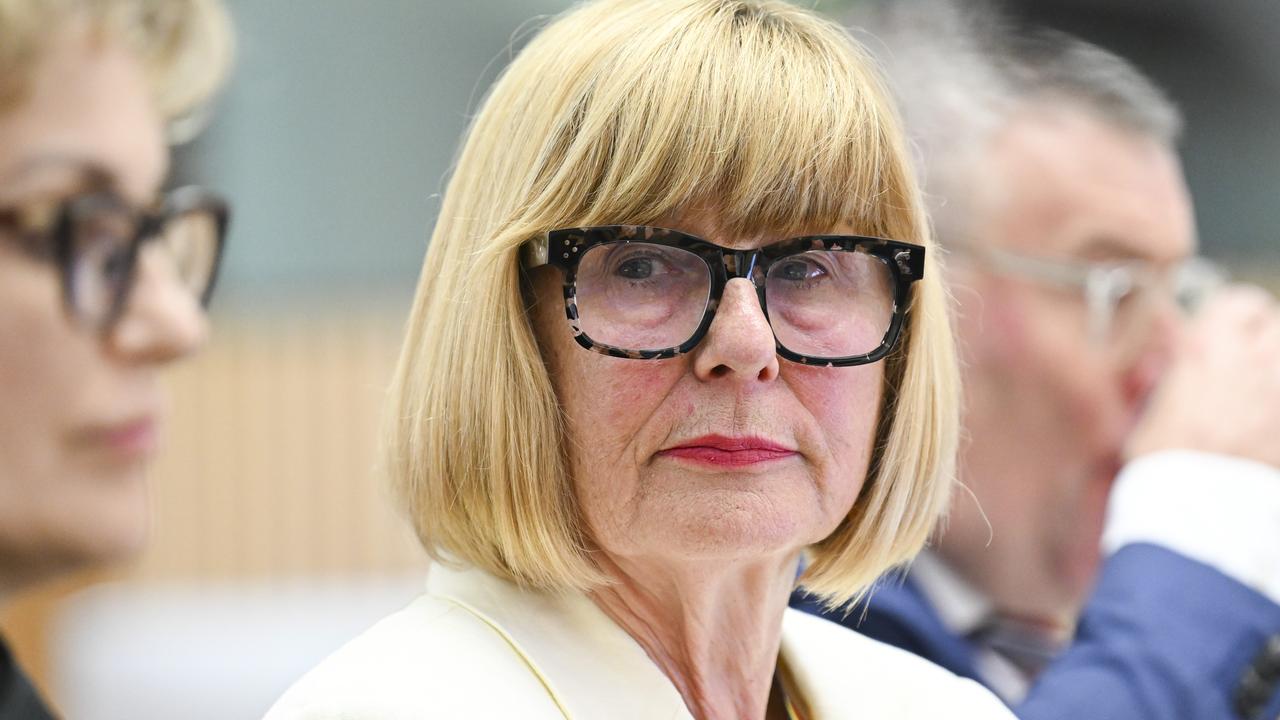Tasmanian private schools increasingly receiving greater government funding: AEU report
A report compared the government funding to Tasmanian private schools with similar schools over the past decade. Here’s what it revealed.

Tasmania
Don't miss out on the headlines from Tasmania. Followed categories will be added to My News.
Tasmanian private schools are enjoying an “unfair” advantage as they increasingly receive greater government funding than “comparable” public schools, according to a new report.
Independent Schools Australia has labelled the findings of the report, prepared by the Australian Education Union (AEU), as “misleading” and accused the union of “deliberately” seeking to “fuel division”.
The report, entitled A Decade of Inequity, compared the combined Commonwealth and state government recurrent funding for what the AEU said were comparable private and public schools across the country, as reported by the Australian Curriculum, Assessment and Reporting Authority (ACARA).
It used a methodology based on socio-educational advantage, school location, and size to determine which schools were comparable.

The report found that 45 per cent of Australian private schools had received greater combined Commonwealth and state government funding than comparable public schools in 2013 and that this had increased to 56 per cent in the decade to 2022.
In Tasmania, six private schools received more combined funding than comparable public schools a decade ago but this rose to 23 by 2022, increasing from 9.2 per cent to 32.9 per cent.
According to the AEU report, Tasmanian private schools will be “overfunded” by the Commonwealth and state government by $19.6m from now to 2028 under current funding arrangements and public schools will be underfunded by $601.6m.
AEU federal president Correna Haythorpe said it was “unfair” that some private schools in Tasmania were receiving “up to $3104” more in government funding per student than similar public schools.
The union is calling for the federal government to increase its share of school funding in Tasmania from 20 to 25 per cent of the School Resourcing Standard (SRS), which would mean the SRS would be funded to 100 per cent. Teachers say this would help improve outcomes for students and attract and retain school staff.
The Rockliff government and other states are also pushing for 25 per cent Commonwealth funding in negotiations with federal Education Minister Jason Clare, who is seeking to finalise a new national schools funding agreement.

David Genford, the president of the AEU’s Tasmanian branch, said the state needed to “fight hard for Tasmania’s public school students” in negotiations with the Albanese government.
“Currently our schools are not getting the funding they need to meet students’ needs,” he said.
Independent Schools Australia CEO Graham Catt said ACARA “specifically warns against” using its data to make direct funding comparisons between schools “due to the difference in funding and operating models”.

“[Independent schools] shouldn’t be the subject of attacks like this that deliberately seek to fuel division. Instead, we should be united across all sectors to ensure that every Australian child gets the best education possible,” he said.
State Education Minister Jo Palmer said the Commonwealth’s current offer of increasing its funding of the SRS to 22.5 per cent was not good enough.
“The federal government needs to do more to support our students,” she said.
More Coverage
Originally published as Tasmanian private schools increasingly receiving greater government funding: AEU report





